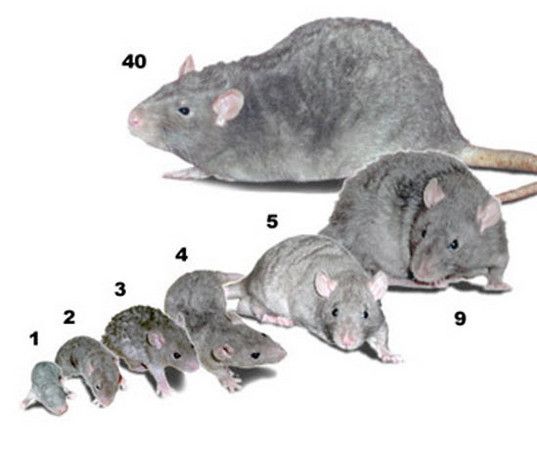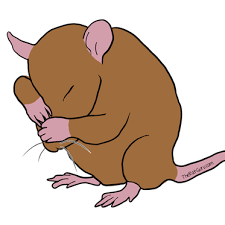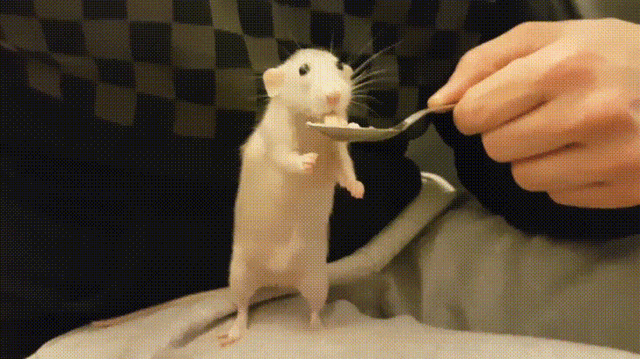About rats
Learn more about those fantastic rodents!




Rats have a compact and agile body, typically measuring around 9-11 inches in length, excluding the tail. They possess a well-developed muscular system that enables them to move swiftly and navigate their environment with ease. Their bodies are covered in fur, which can vary in color, texture, and pattern depending on the species. The fur serves as protection, insulation, and camouflage.
The head of a rat is characterized by a pointed snout housing sharp and continuously growing incisors. These incisors are specialized for gnawing and chewing, allowing rats to explore their surroundings and obtain food. They also possess small, rounded ears that provide excellent hearing capabilities. Rats have a pair of bright, observant eyes that facilitate visual perception, helping them detect movements and navigate in low-light conditions.
Rats have a long, slender tail that is typically longer than their body length. The tail serves various functions, including balance, communication, and thermoregulation. It aids in maintaining stability during rapid movements and acts as a counterbalance when climbing or leaping. The tail is devoid of fur and covered in scales, providing a tactile sense that aids in sensory perception.




It's important to provide a balanced and nutritionally complete diet for pet rats, considering their specific dietary needs. This includes a combination of commercial rat pellets as a staple, supplemented with fresh fruits, vegetables, and occasional protein sources.





















.jpg) Rats have played a significant role in scientific research, particularly in the field of biomedical and behavioral studies. Their biological similarities to humans, short reproductive cycle, and ease of handling have made them valuable subjects for various experiments and investigations. Here are six notable cases highlighting the important contributions of rats to scientific research:
Rats have played a significant role in scientific research, particularly in the field of biomedical and behavioral studies. Their biological similarities to humans, short reproductive cycle, and ease of handling have made them valuable subjects for various experiments and investigations. Here are six notable cases highlighting the important contributions of rats to scientific research:





